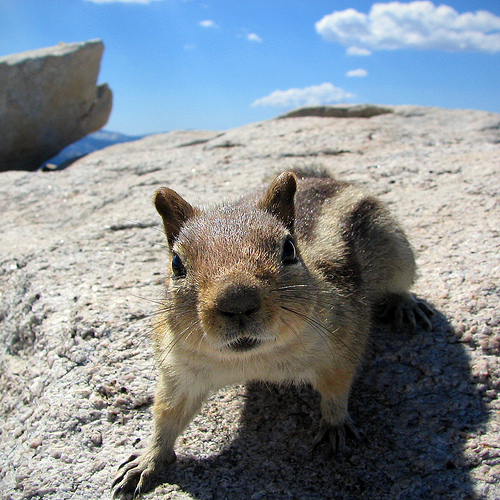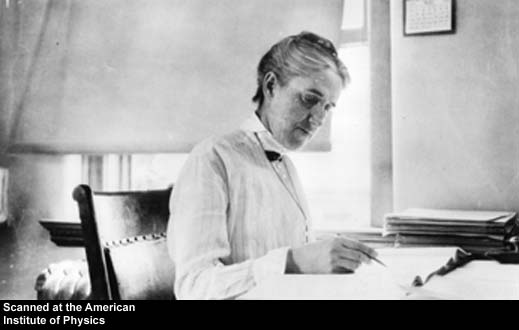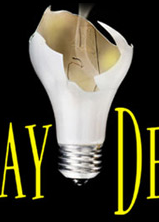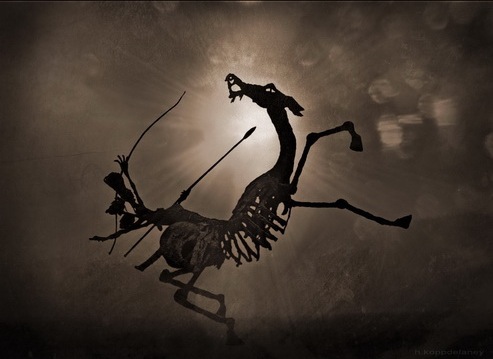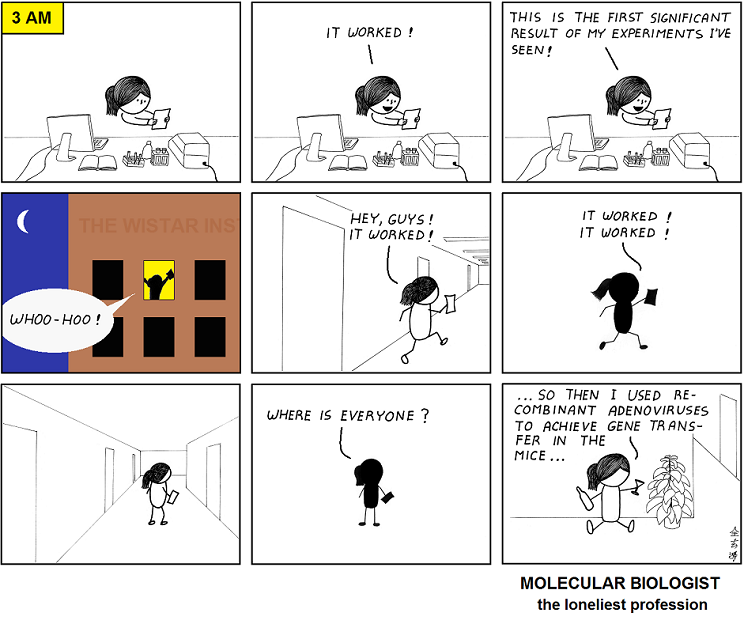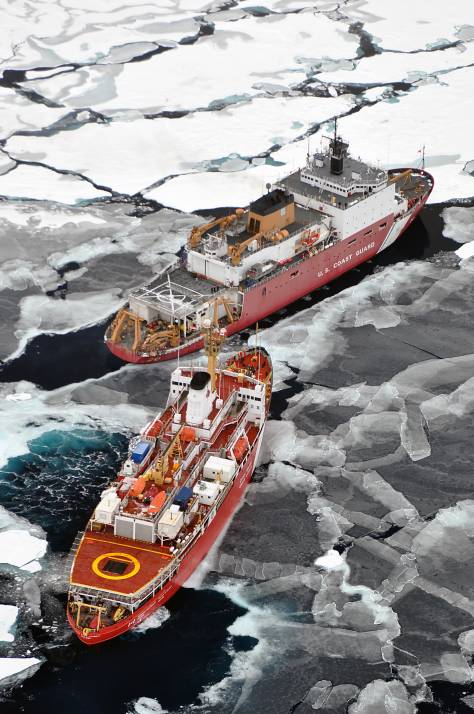Several years ago, on a soggy but majestic mountain afternoon, I hiked into the Yosemite backcountry to meet UC-Berkeley mammalogist Jim Patton. Patton and his colleagues at the Museum of Vertebrate Zoology were retracing the steps of renowned naturalist Joseph Grinnell, who surveyed California’s wildlife early in the last century — and obsessively documented his work in voluminous, barely legible field journals. (Fellow archive nerds, see some wonderful examples here.)
Thanks to Grinnell’s tireless note-taking, Patton and his team were able to repeat the surveys, and get a sense of how Yosemite’s wildlife has changed over the past 90 years. Of the 30 mammal and bird species studied by both Grinnell and the modern-day Berkeley team, 14 show no significant change in their range, but 16 have shifted their habitats, with lower-elevation species consistently expanding their range uphill and higher-elevation species — the pika, the alpine chipmunk — retracting the lower limit of their range. The pattern suggests that many of Yosemite’s critters are already responding to climate change, and habitat models developed by the researchers strengthened this conclusion.
But that’s not the end of Grinnell’s legacy.
